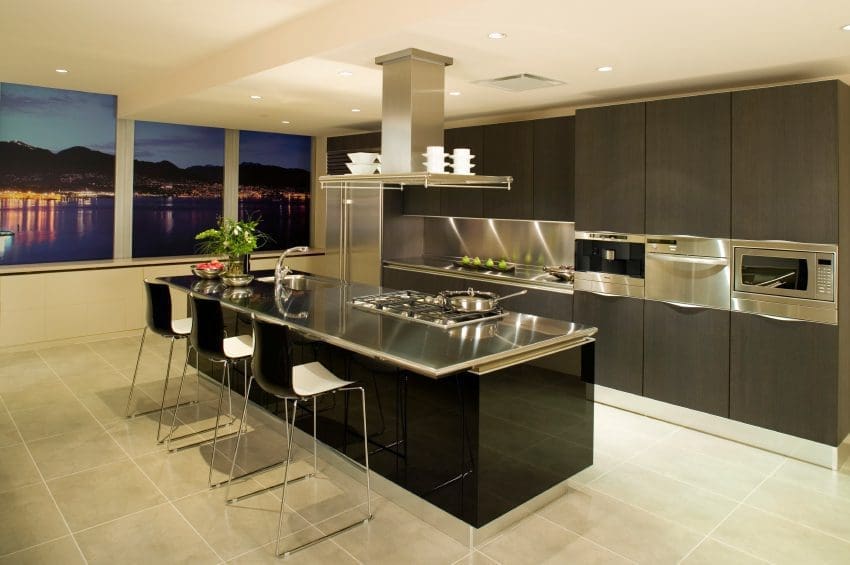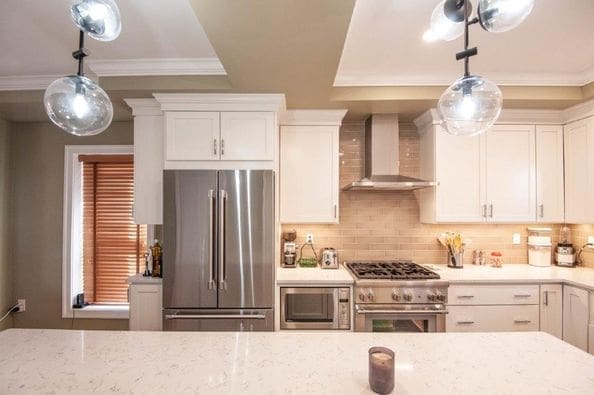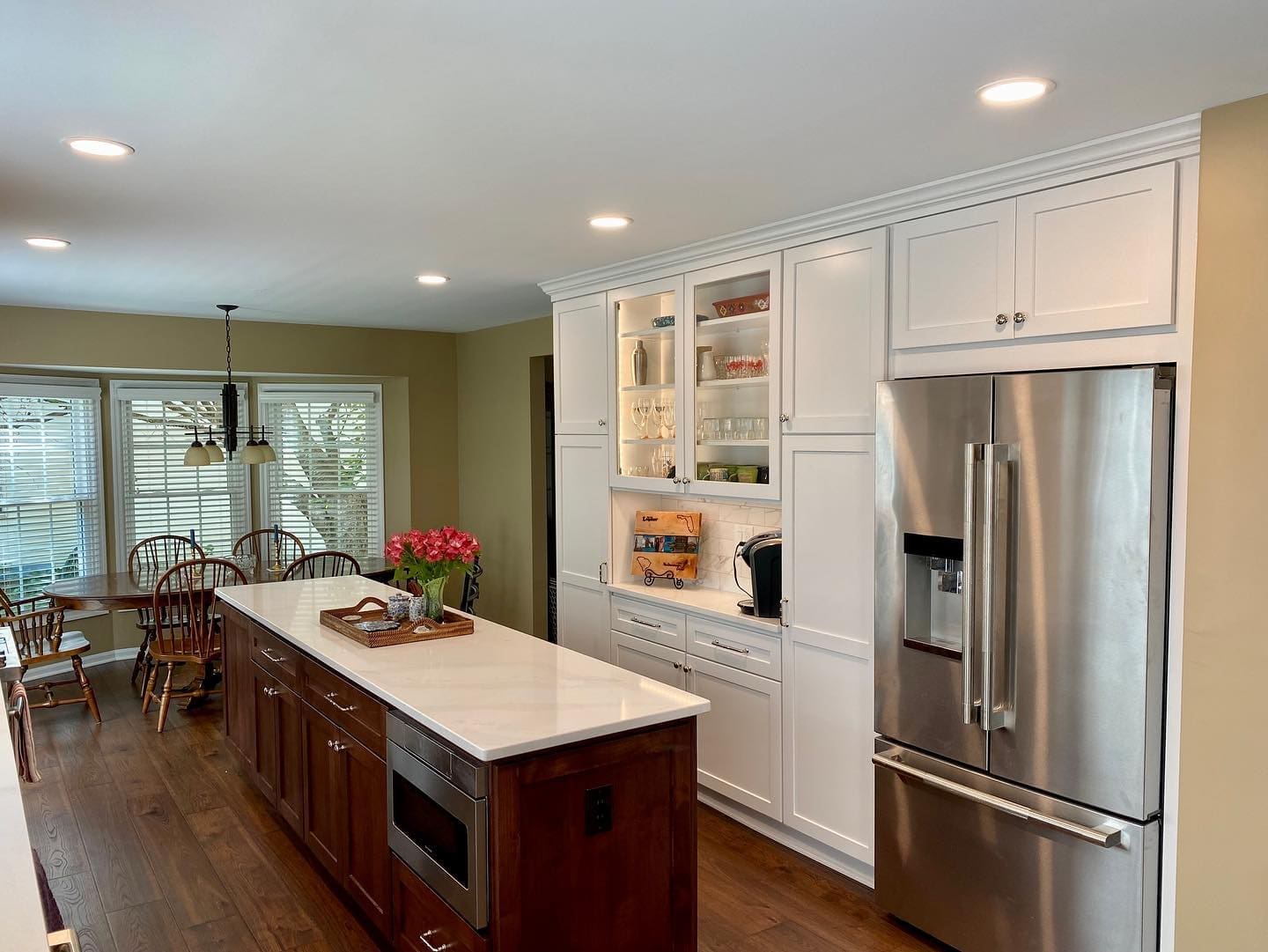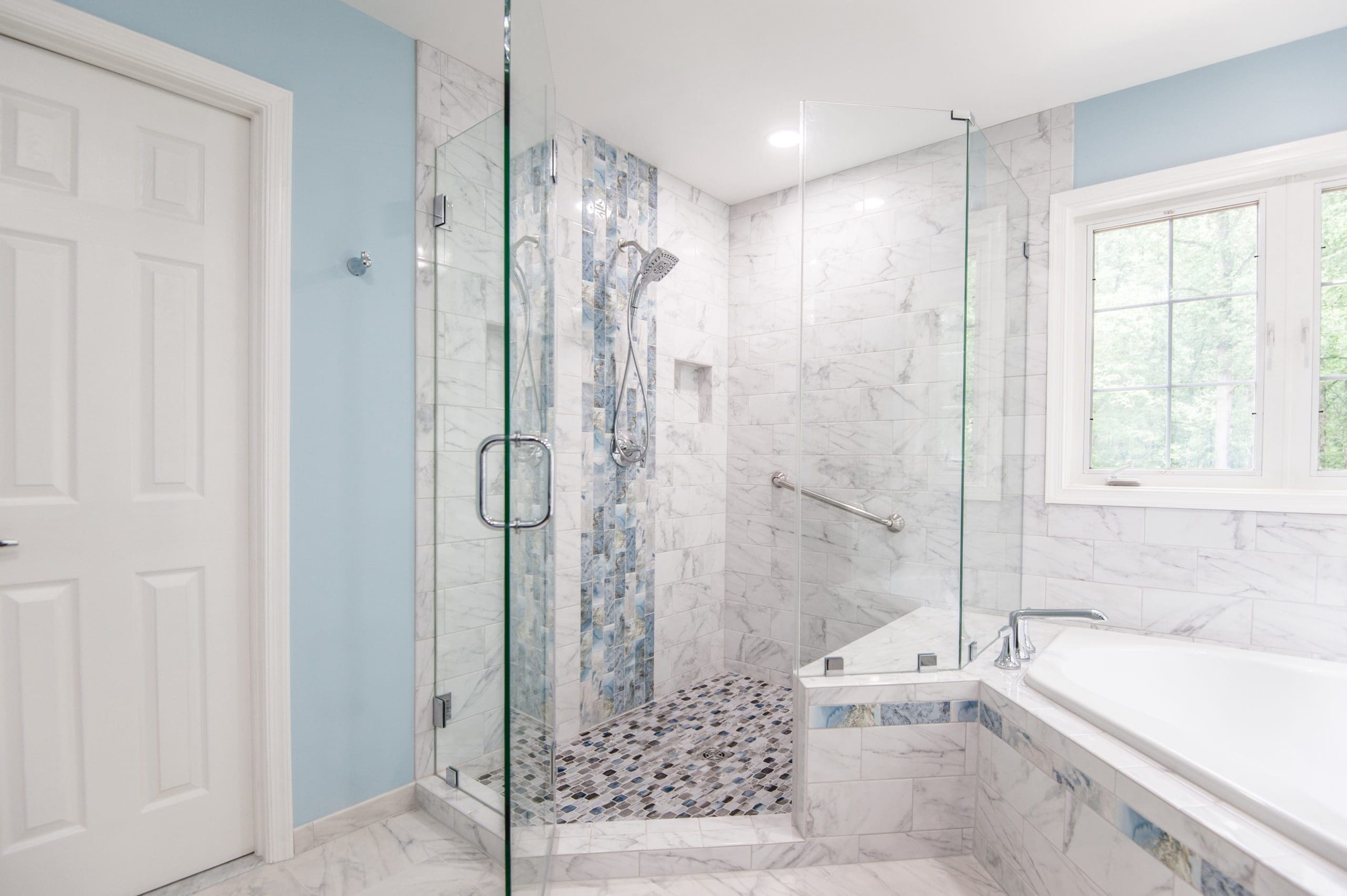How Appliances Are Influencing Kitchen Trends
It’s not uncommon for a homeowner or D.C. kitchen designer to, literally, fall in love with a single appliance and finds a means to integrate it into their new kitchen concept. However, it does seem a bit irregular for an entire industry to possess so much design influence that it is steering the configuration of a kitchen into its own realm. This, in some respects, is precisely what seems to be occurring in the kitchen design community with relation to the appliances which are to grace such new kitchen designs.
The former method of approaching the kitchen space by the designer or architect was typically an approach that created lines and spaces that were intended to be satisfied by the use of an appliance of a particular dimension. In other words, the space was created and it was someone else’s task to figure-out how that space was to be aptly filled; and, of course, this was relegated to the task of the homeowner, as it probably should be.
Somewhere along the line, the designer or architect is either taking it upon themselves to make such choices in appliance selection or they are simply responding to the homeowner’s plea of, “make my kitchen grandiose and formidable.” In fulfilling such homeowner expectations, these professionals are scanning and reviewing what the appliance industry is offering and, in particular, what the commercial appliance industry is offering. The trend of D.C. homeowner appeal is significantly embracing the desire for appliances that are of a grander scale with features and sizes normally associated with commercial application. The 18 cubic foot refrigerator/freezer combination, a family standard, is now giving way to that of a single refrigerator nearly twice that size–and the freezer, of course, is now an entirely separate appliance. The size of the family unit really hasn’t changed–and perhaps, has gotten smaller; but the demand for larger, more massive appliances is really trending in today’s D.C. kitchens.
How This Trend Likely Developed
Some two decades ago the appliance industry seemed to have struck a plateau of sorts. It appeared that convenience features of storage, ice dispensing, and self-cleaning had run its course in the marketplace and there wasn’t any true excitement occurring in the industry. Small niche appliance companies began to introduce abbreviated series that were turn-of-the-century ‘retro’ in styling with modern features and amenities and this, basically, created an acceptance of scale. These appliances became popular in more upscale applications and were broadly accepted in spite of the fact that they were notably larger and, therefore, commanded a great deal of space. They became a centerpiece of style but, unless the home was prepared for an entire ‘retro’ makeover, they stood as more of a conversation piece than one of an integrated kitchen theme.
Inasmuch as there had been an allowance of excess space allocated in these homes to accommodate such appliances, both the mainstream manufacturers and the commercial appliance manufacturers saw an opportunity here they’d not envisioned before. Alongside of this availability of space, the novel popularity of domestic gourmet cooking and supportive television shows popularizing such activities developed. These shows became an excellent medium to subtly communicate to the audience that they, too, could benefit from outfitting their kitchens with commercial style appliances.
How Appliances Created Such Necessity
There’s no allegation that the appliance industry duped the American homeowner into over-sizing or over-spending in their kitchens. There is a genuine acceptance and outstanding improvement that has been realized in the commercial influence of domestic kitchen spaces. The commercial appliances, as well as the ‘commercial appliance ‘cross-overs’ are manufactured to take some serious use and abuse as well as providing well thought-out features, which satisfy the most discriminating tastes. Such features created a unique appetite with consumers, and the consumer has determined that these features are necessary to their lifestyle and cooking aspirations.
Aside from, nearly cavernous refrigerators making their steadfast presence known in the kitchen, the methods by which food is cooked is revolutionizing the new D.C. kitchen. The evolution of the size, scale and utility of the kitchen island has come to define that this area needs to possess a significant cooking surface, usually a dedicated cooktop. This is not intended to be the primary cooktop, but one that is supportive of the main cooktop, boasting 4-6 burners with warming surfaces. The cooktop is located above the ample convection oven and beneath the stainless exhaust fan dome. Of course, no new kitchen is complete without a built-in warming oven or a built-in microwave oven, which is likely to be convection-featured as well.
The appliance industry seems to have taken a very serious look at the advantages and value that can be achieved via the use and placement of more commercially styled appliances. The styles do not compromise the domestic feel and intent but, instead, transcend the space into one that is significantly more convenient and translates tremendous value into the most important room of the home.







